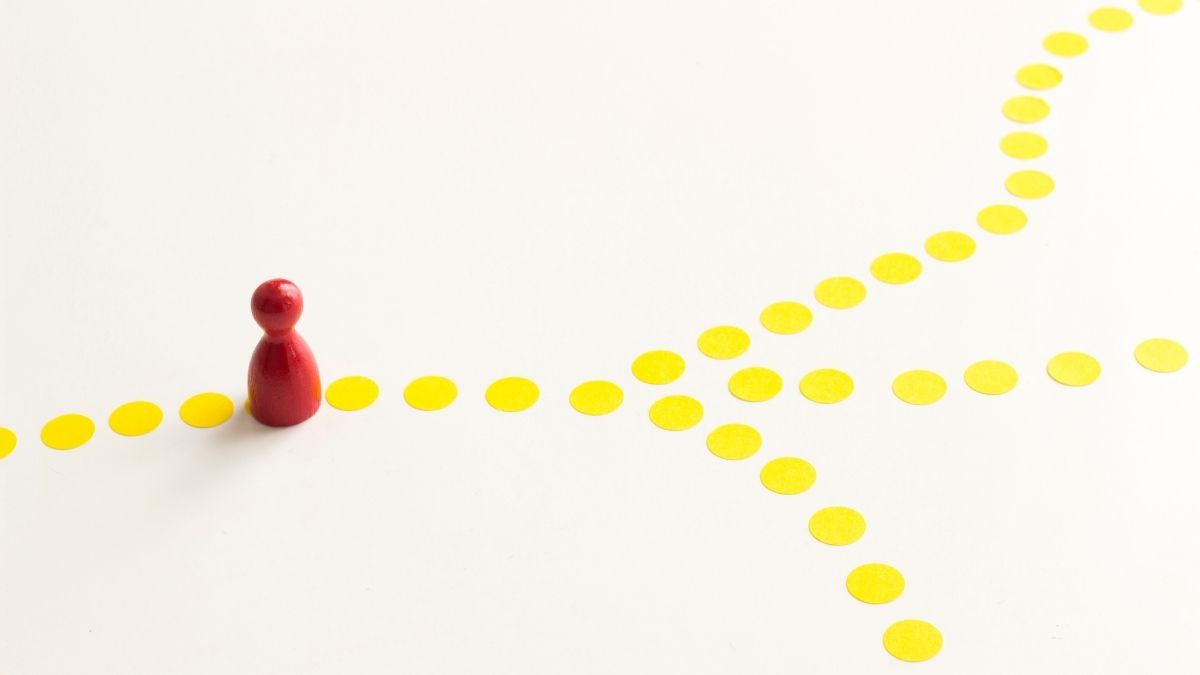Mindfulness can help leaders capture a little bit of peace and equanimity in the midst of a non-stop day and enable them to return to the action refreshed and better able to deal with the realities of professional and executive life. Meditation is different. Meditation involves stepping away from our normal pattern of busyness, if only for a few minutes, and following a more structured practice in order to build our capability to slow down, stop, and look deeply into our habitual patterns of thinking and action. We rarely meditate in the middle of a busy day. Rather, we carve out time, often first thing in the morning or in the evening, to practice.
Meditation is a term that encompasses hundreds of techniques. Some of these techniques are thousands of years old, while some are very recent, having been developed out of recent brain science findings. There is meditation for focusing the mind and meditation for quieting the mind. There are meditations for becoming more aware of the present moment. Some meditations have the intention of awakening and developing our loving-kindness and compassion for ourselves and others. Some of the more recent techniques aim directly at activating or quieting specific areas of the brain and our neurochemistry.
Some meditation techniques involve the repetition of a phrase or mantra. Some consist of establishing an object of concentration outside of the body, such as a candle, a mandala, or a beautiful image. Some meditation entails creating complex visualizations. There are advanced meditation techniques for very experienced practitioners working under the guidance of a qualified teacher.
Some meditations involve focusing internally on the body or the breath. There is a wide variety of techniques just for working with awareness of the breath. We may become aware of our contact with the world through our senses or focus on the workings of the mind. While we are meditating on thoughts, we can allow the stream of thoughts to come and go naturally, or we can turn our attention to awareness of the thoughts themselves.
We can meditate while in a seated position, or standing, walking, or lying down. If seated, we may sit in a formal posture on a meditation cushion or sit in a chair. We may meditate for 2 minutes or 40 minutes or all day. We can go on meditation retreats that last a morning, a day, a week, a month, or a year. We may meditate in silence or follow the prompts of a guided meditation.
We may meditate in a group setting, whether online or in person, or we may use a meditation app to support us. Since 2015 over 2500 meditation apps have been released, with more launching every day. In 2020, Calm, the leading meditation app, brought in over $100 million in revenue with over 28 million installs. Headspace, the second-biggest app, had nearly 11 million installs. How did people meditate for the past 3000 years without these apps?
It should be clear from all this that when someone tells you they are going to teach you meditation, that you are getting a partial and particular slice of this very large and multi-ingredient pie. There was a special issue of a Buddhist magazine a few years back in which a large number of master teachers were asked to answer the question “What is meditation”? The answers varied widely, but my favorite was one teacher who answered, “Meditation is what you do when you are meditating.” That may seem like he ducked the question, but there’s a lot of wisdom in that response.
So, which of these is best? Should we aspire to one technique or another? Can we rank order these techniques in terms of how basic or advanced they are? The answer to each of these questions is emphatically no. These techniques have evolved in different contexts over a very long period of time, and we are incredibly fortunate in this age to have access to this wide variety of practices previously only known to small pockets of dedicated practitioners. Beware of anyone telling you that they have the only true way to meditate. One of these approaches may be well-suited to your current circumstances. After practicing with one approach, you may find that another one better serves your needs.
If you are interested in learning to meditate, do a little exploration on your own. Download a couple of meditation apps, many of which are free or offer optional in-app purchases. Try a variety of guided meditations and see what happens when you sit quietly on your own. If there is a meditation group meeting online, by all means, get the experience of sitting in a group. This is highly correlated with sustaining a meditation practice. Perhaps, post-pandemic, the opportunity to sit in person with a group will become available in a location near you.
What I do caution against is switching too quickly between techniques. Meditation is a competency that develops over time, so choose an approach and stick with it for a while to see if it makes a meaningful difference in your well-being. Sample at the beginning, but then settle into an approach that resonates with you and then persist for a bit.
There are a number of ways to stop in the midst of it all and remember where we are, recenter ourselves, and then re-engage. These are available to us at any time, in any situation, whether or not we meditate either regularly or occasionally. But it is undoubtedly true that when we have a regular meditation practice, we build up a resource that will produce two related but distinct benefits: We will get triggered and knocked off center less often, and when we do, we will be able to recenter and reengage more quickly and easily.
ADDITIONAL ARTICLES IN OUR SERIES ON MINDFULNESS:
The Power of Mindfulness: Remember, Recenter, Re-engage
Mindfulness in the Midst of a Busy Day: Becoming Aware of First Responses
Jeremy Seligman is a Senior Partner at Brimstone Consulting Group. He is a former corporate executive with extensive background and experience as an organizational development specialist and executive coach. Jeremy is a longtime practitioner of mindfulness and meditation, and is a certified Mindfulness and Meditation Teacher, certified by UC Berkeley’s Greater Good Science Center, Sounds True, and the Awareness Training Institute.







